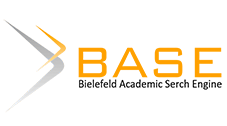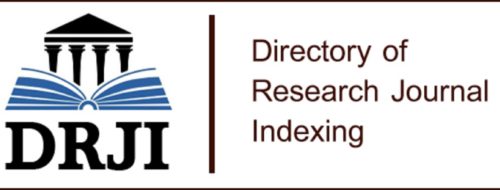Affectation of burnout syndrome in naval aviators
DOI:
https://doi.org/10.56124/yaku.v5i10.0050Keywords:
Burnout, naval aviators, work fatigue, psychosocial illnessAbstract
This research work will allow us to analyze what Burnout syndrome is: causes, consequences, treatment methods and likewise, it will allow us to identify, based on the information collected and studied and the analysis of the variables, to have a general idea of whether it exists. incidence of this psychosocial illness within naval aviators and how this phenomenon would affect the operational field of Naval Aviation, since at present, this syndrome has become a global social illness that in the aviation sector, can trigger in material and human losses. Likewise, this work seeks to find the relationship between naval aviators and Burnout syndrome, since flight operations demand that the naval aviator be available 24 hours a day, 7 days a week, having long-term work fatigue. main cause of this disease.
Keywords: Burnout, naval aviators, work fatigue, psychosocial illness.
Downloads
References
Arboleda, A., Ariza, L., Ramírez, B., & Rodríguez, N. (2020). Presencia y afectación del síndrome de Burnout en instructores de TH-67 de la Escuela de Helicópteros para las Fuerzas Armadas de Colombia. Ciencia y Poder Aéreo, 6-17.
Estrella, E. (2021). Resultados de evaluación psicológica a la aviación naval. Manta.
Martínez, A. (2010). El síndrome de Burnput, evolución conceptual y estado actual de la cuestión. VivatAcademia, 42-80.
Millán, A., Calvanese, N., & D´Aubeterre, M. (2017). Condiciones de trabajo, estrés laboral, dependencia universitaria y bienestar psicológico en docentes universitarios. REDU. doi: https://doi.org/10.4995/redu.2017.6009
O.M.S. (2000). The World Health Report 2000. Health Systems: Improving performance. Obtenido de www.who.imt/whr
Oramas, A., Almirall, P., & Fernández, I. (2007). Scielo. Obtenido de http://ve.scielo.org/scielo.php?pid=S1315-01382007000200002&script=sci_arttext
Ordóñez, S., & Saltos, D. (2018). Intensificación del trabajo, estrés laboral sus efectos en la salud docente de Unidades Educativas de la Zona 8 del Guayas. RECIMUNDO, 650-670. doi: https://doi.org/10.26820/recimundo/2.esp.2018.650-670
Osorio, J., & Cárdenas, L. (2017). Scielo. Obtenido de https://doi.org/10.15332/s1794-9998.2017.0001.06
Torres, Y. (2022). Medicina y salud pública. Obtenido de https://medicinaysaludpublica.com/noticias/salud-publica/oms-oficializa-el-sindrome-del-burnout-como-una-enfermedad-de-trabajo/12348#:~:text=En%20la%20clasificaci%C3%B3n%20de%20la,tambi%C3%A9n%20con%20respecto%20al%20trabajo.
Published
How to Cite
Issue
Section
License
Copyright (c) 2022 Revista de Ciencias del Mar y Acuicultura YAKU. ISSN: 2600-5824.

This work is licensed under a Creative Commons Attribution-NonCommercial-ShareAlike 4.0 International License.


1.jpg)













